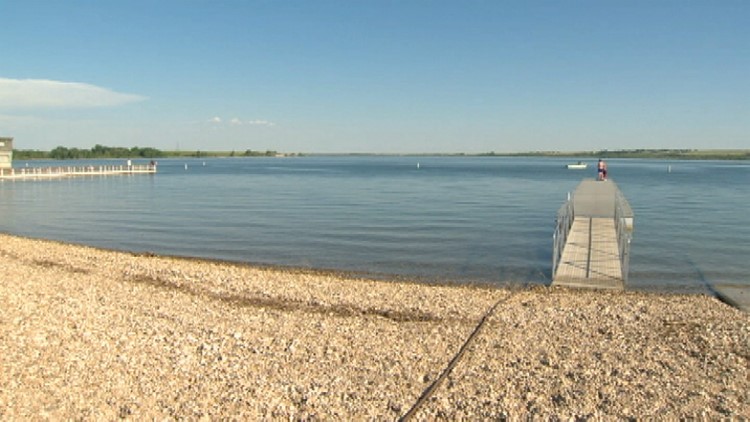NAMPA, Idaho — Health officials issued a health advisory on Thursday for Lake Lowell, after high levels of toxin-producing cycobacteria were found in the water during recent testing.
Southwest District Health and the Idaho Department of Environmental Quality urged people to be extra careful when recreating in or near the water.
Recent samples taken from the lake indicate high concentrations of cyanobacteria, which can be harmful to people, pets, and livestock. Those with liver or kidney damage are at an increased risk of illness.
Although cyanobacteria are a natural part of water bodies in Idaho, they can bloom and release toxic chemicals when the temperatures rise. Blooms can vary in appearance, and may look like mats, foam, spilled paint, or surface scum, and have a foul odor.
Toxic algae blooms at several reservoirs in Southwest Idaho have prompted health advisories in recent weeks.
Nationally, several dogs have died after being exposed to toxic algae in ponds or other waterways.
Health officials suggest taking the following precautions when spending time at Lake Lowell and other affected reservoirs.
- Avoid swimming, wading, or other activities. Take extra precautions to ensure children, pets, and livestock are not exposed to the water.
- Do not drink or cook with water containing a bloom. Boiling and filtering the water can increase the risk.
- Wash your hands thoroughly after handling fish caught in water experiencing a bloom. Cyanotoxins can accumulate in fish and the risk to people is being researched. Any fish caught should be cleaned and washed thoroughly in uncontaminated water and any internal organs disposed of before consumption. If people choose to eat fish from this area, filet the fish and remove all of the fat, skin, and organs before cooking.
- Clean with potable water as soon as possible if water contacts skin or pet fur.
Symptoms of cyanotoxin exposure include rashes, hives, diarrhea, vomiting, and coughing. More severe symptoms affecting the liver and nervous system may result from ingesting water.
Anyone experiencing symptoms should see a doctor.
More information about harmful algal blooms can be found on the DEQ's website.
Stay up to date and get breaking news notifications: Download the KTVB news app



